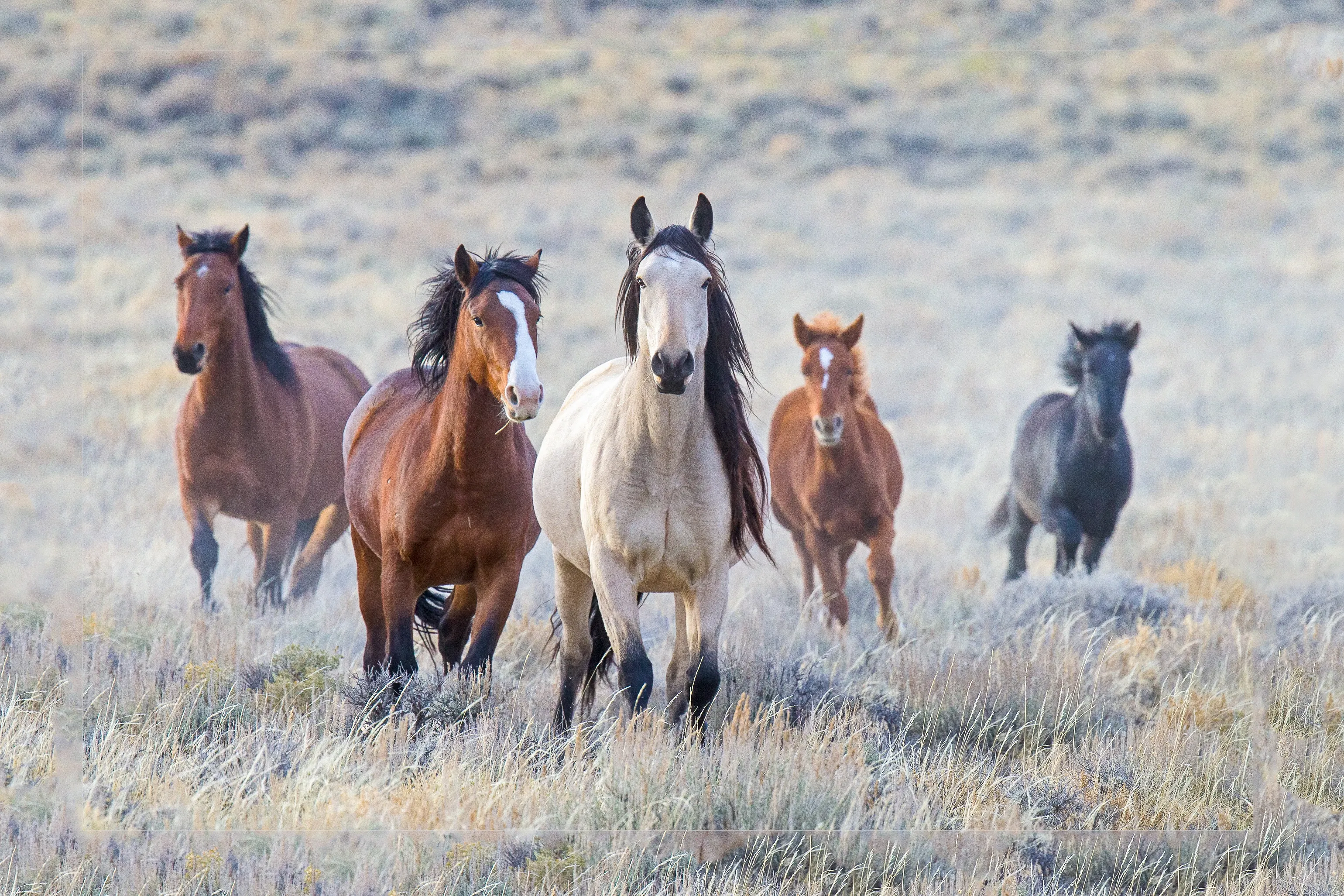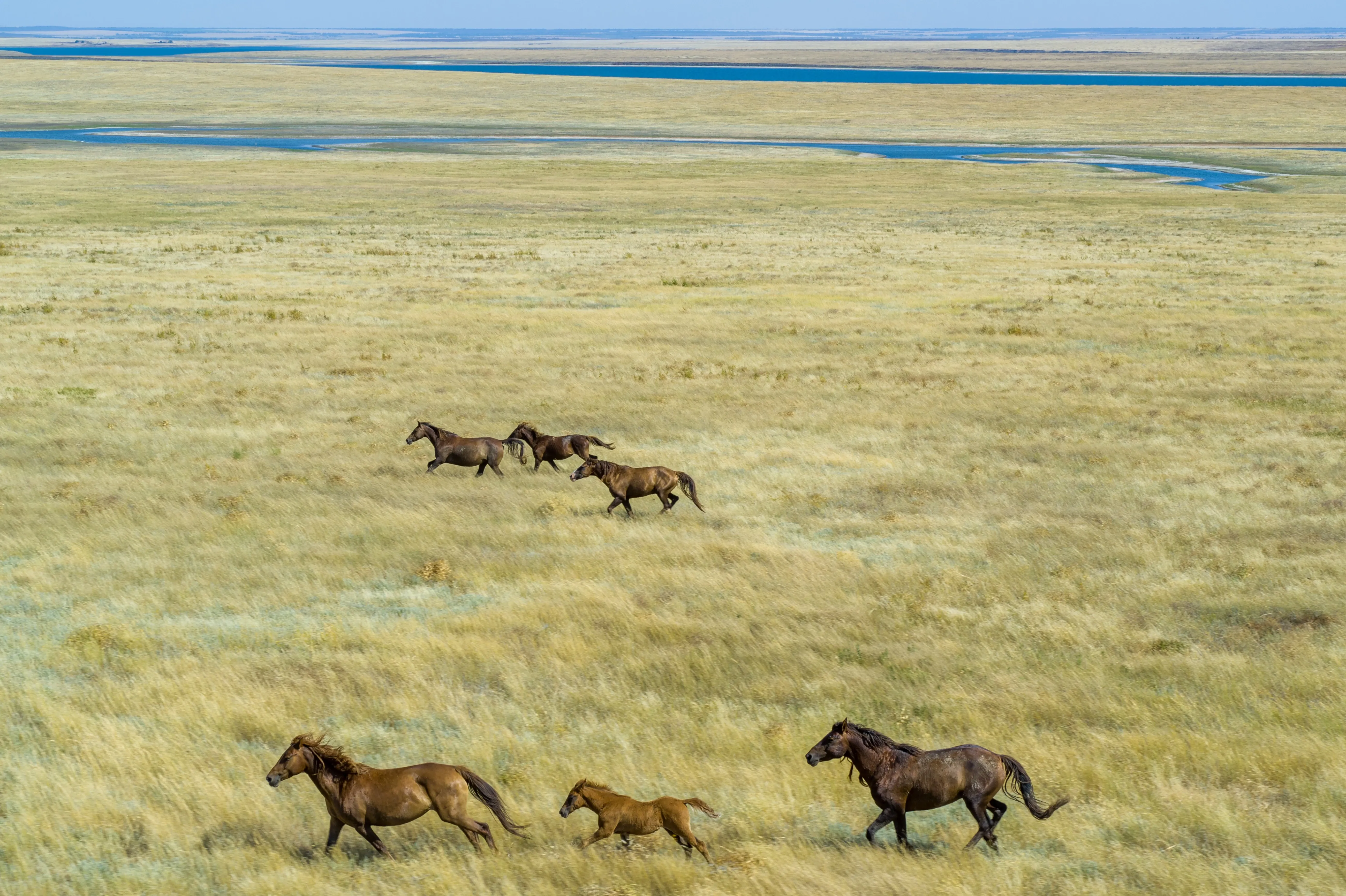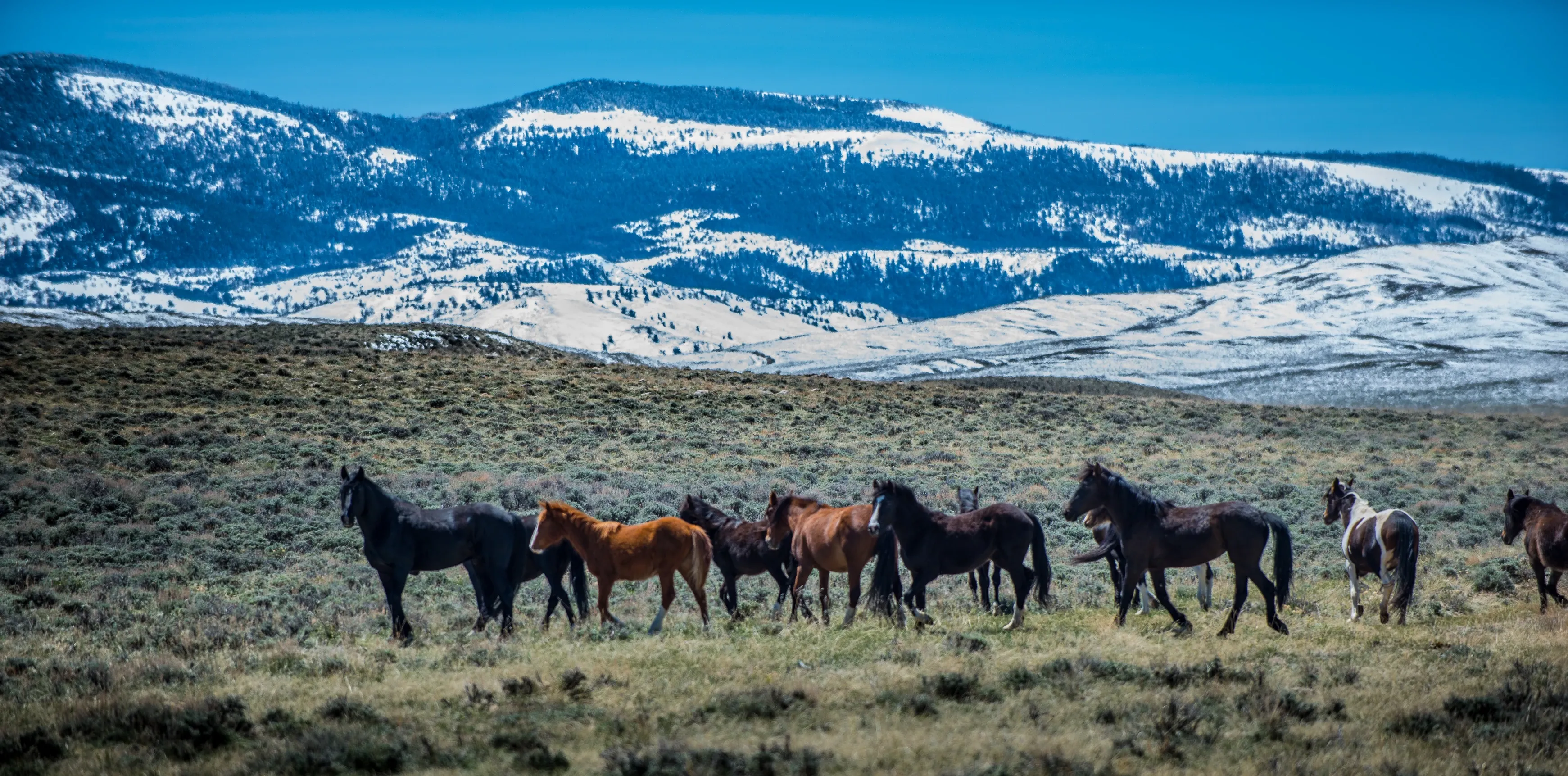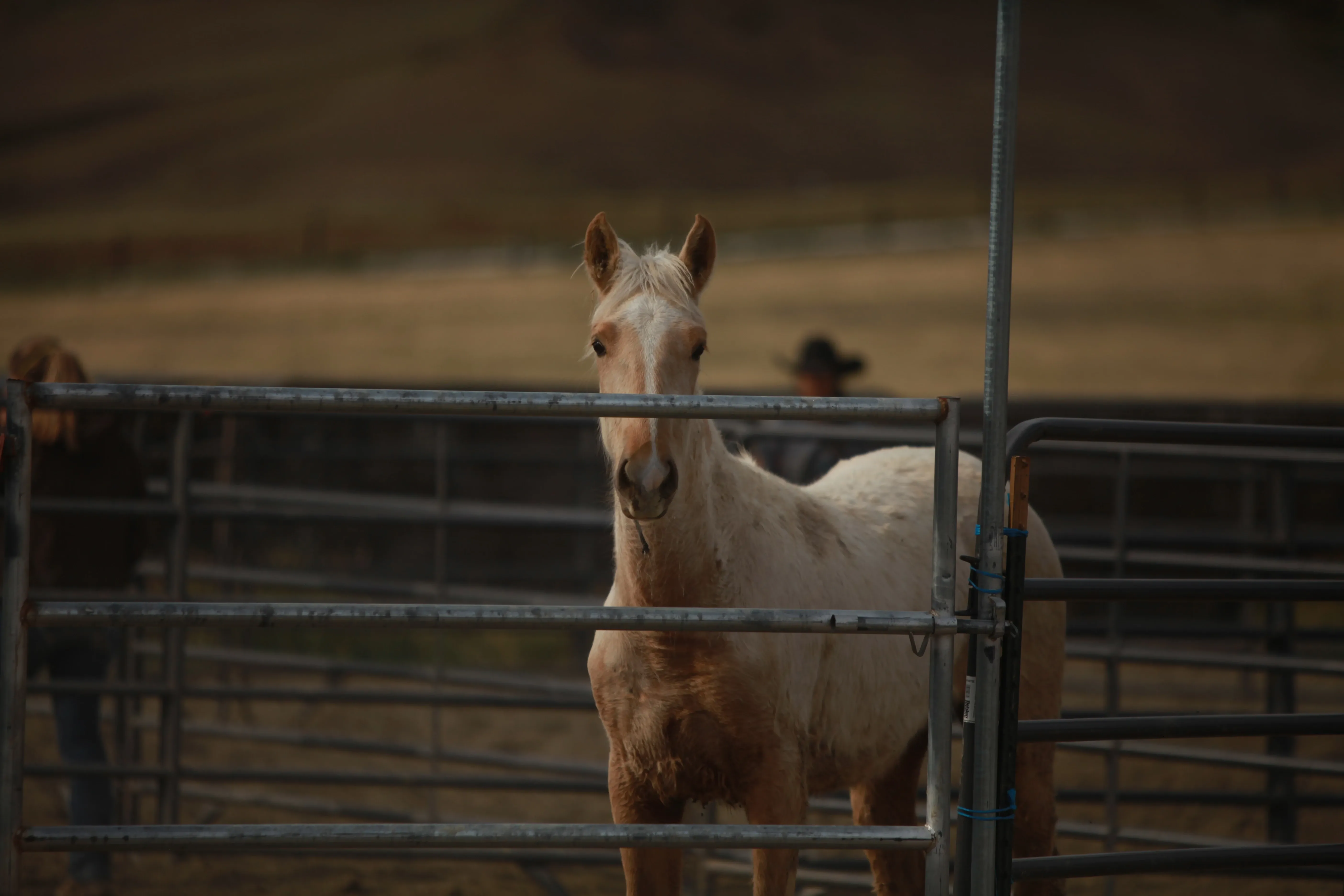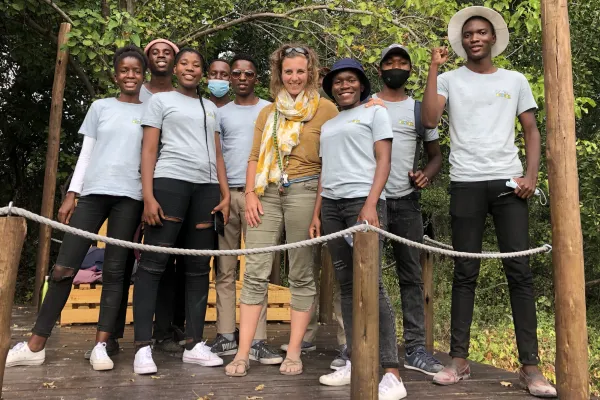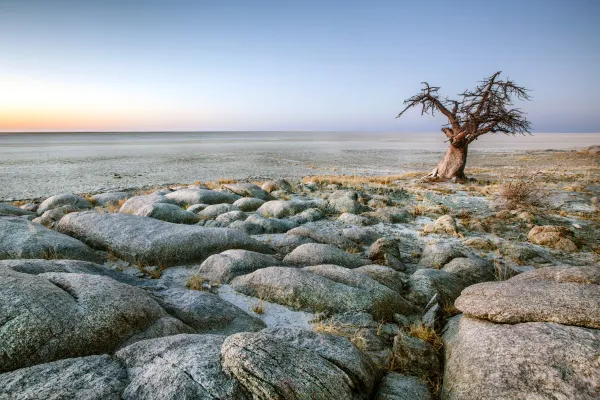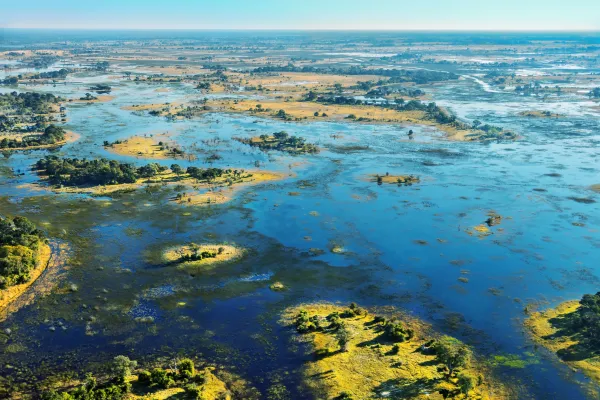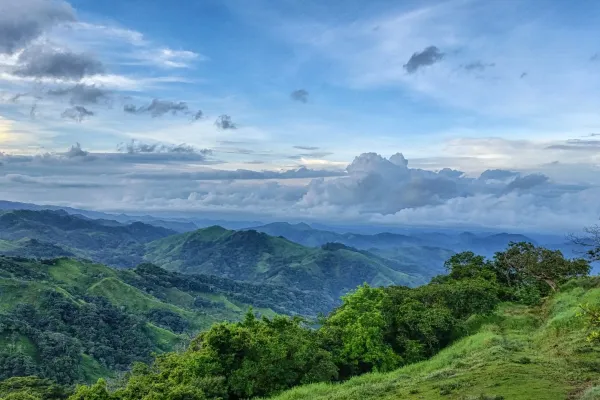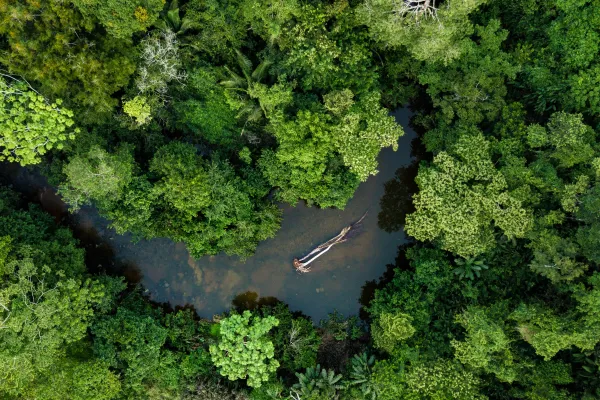Resource conflict: wild horses in the USA
The mustang is not only admired by horse lovers. This horse breed, which lives wild in the USA, measures between 1.40 and 1.60 metres in height, has strong hooves, a robust body build and comes in all colours. Mustangs are considered tough, undemanding, enduring, eager to learn and intelligent. They can be stubborn, strong-willed as well as reserved.
The development of mustangs in the USA
Mustangs live on public lands in the USA. The Bureau of Land Management (BLM) manages and regulates these lands. In the early 20th century, an estimated 1 - 2 million wild mustangs were living in the USA. Due to the historical development of mustangs, this population declined sharply.
BLM under critique
In the 2000s, a drought in the US worsened the water and food shortages in the mustangs' areas. Many horses died. The chasing of wild horses by helicopters was allowed again, and many mustangs were captured to be saved from starvation. Animal rights activists consider the drought a pretextual argument and see these measures more as the BLM pleasing the lobbyists. They accuse the BLM of being interested in increasing the cattle herd size for economic reasons.

In recent years, there have been repeated headlines that the BLM is overwhelmed with the high population of wild horses. 2016, the government was heavily criticised for a planned mass put down of around 45,000 wild horses. In 2018, it was said that the BLM sold about 2,000 protected mustangs to slaughterhouses. Animal rights activists have proposed increased population control through prevention measures as an alternative solution.
»Born and bred in the wild, mustangs have to be intelligent, hardy, sure-footed, and healthy to survive.«
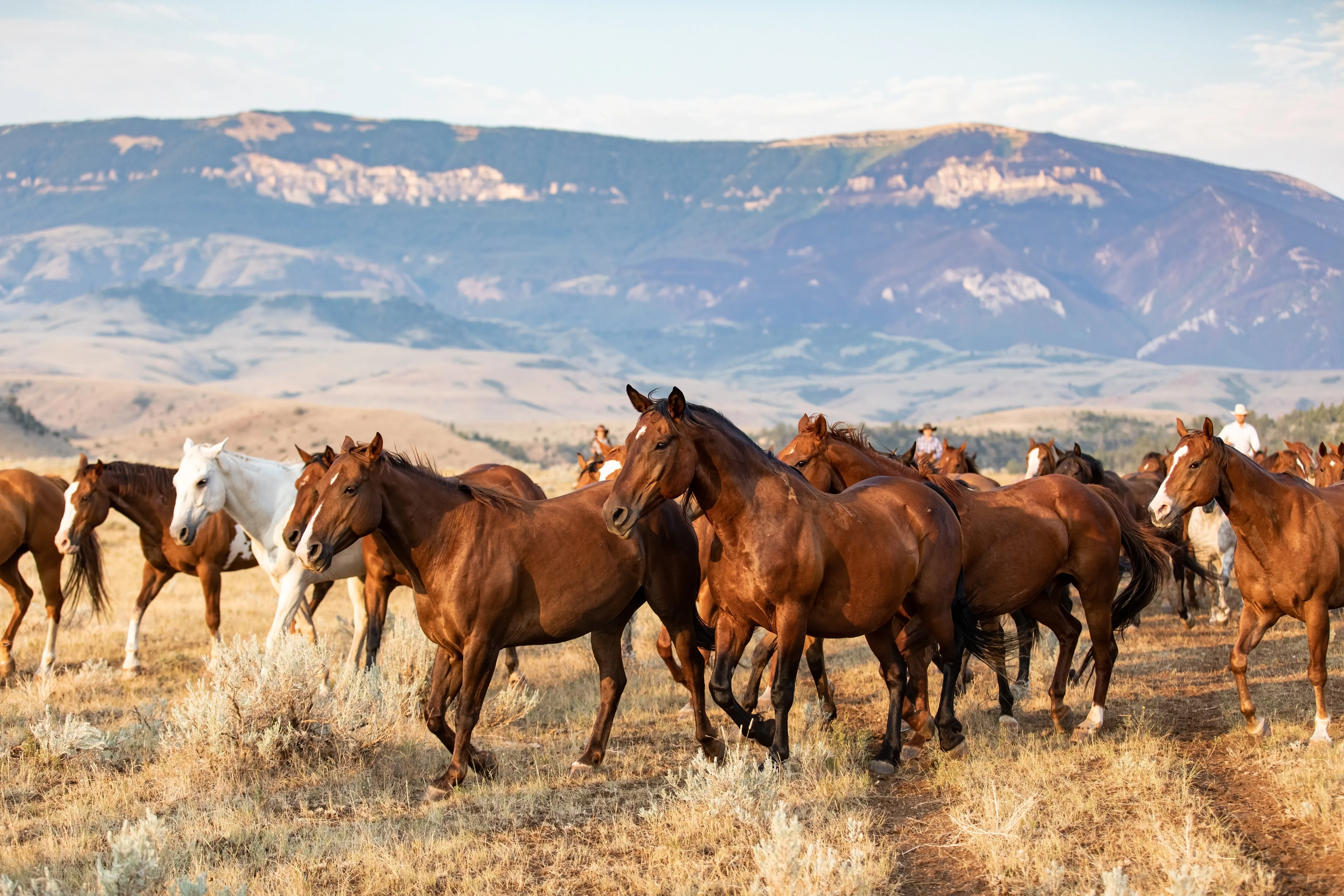
Worthy of protection or an invasive species?
The BLM acts as a mediator to balance the interests of farmers and lobbyists on the one hand and animal welfare activists on the other. Mustangs are the subject of lively debate.
Arguments from farmers and lobbyists:
- The mustang is an "invasive species" that destroys the ecological balance.
- The mustang is a food competitor for their cattle. These cattle are their economic livelihood.
- Accusation against BLM: herd reductions that are too slow or fail to take place.
Arguments from animal rights activists:
- Cattle are considered an "invasive species".
- Capture by helicopter is considered cruel to animals. Instead, investments in fertility control measures are demanded.
- Accusation against BLM: There is a higher occupation rate by cattle after mustangs have been captured (No true balance of interests, but economic interest).
»Congress finds and declares that wild free-roaming horses are living symbols of the historic and pioneer spirit of the West.«
Steps to managing mustangs and human connections
Put simply, nature can be seen as in conflict with culture. Wilderness is the opposite of culturally designed societies. However, this view is very black and white. But there are many levels in between. The question, therefore, arises as to what a concept of an adequate relationship between wild horses and humans might look like.
1. State prisons
Many mustangs are tamed by inmates in state prisons. The Colorado Wild Horse Inmate Program is one example. More than 5,000 formerly wild horses have been halter-trained here. Once the horses are used to be handled by humans, they can be sold. This is a doubly profitable programme for the prisons. The programme brings economy and supports the resocialisation of the inmates.
The analogy is obvious: horse and inmate are both trapped. Both are beings denied their freedom. Both should be enabled to become an integrated part of society through domestication and resocialisation.
2. Outdoor enclosure
The outdoor enclosure is mainly used for older, non-placeable mustangs. Individuals who run such an outdoor enclosure are paid by the BML. They receive a cost-covering fixed payment per horse. Further income is generated through tourism activities. Guided tours to the herds are offered, promising visitors direct contact with "wildness".
This type of project is advocated for by animal rights activists, who consider this way of mustang keeping to be the most species-appropriate. One example is the Mustang Monument Wild Horse Eco-Resort.
3. Auctions
To reduce wild horse herds, the BLM relies primarily on the sale of mustangs to private individuals. This sale is usually conducted in the form of auctions. The starting price of $125 is rarely outbid. Between 1971 and 2011, about 194,000 once-wild horses were taken into private ownership through the BML's program "Adopt a horse". According to the motto "from wild to mild", wildness becomes available for purchase.
4. Wild mustang herds
Even wild mustang herds cannot be considered independent of society. They are counted and observed. Data on their fertility, sex distribution and gene diversity (colours) are collected. Humans control the grazing areas of the mustangs, and mustangs are an element of population management. Whether the mustangs can remain in the wild or are captured is the result of a calculation.
The example of the resource conflict of mustangs in the USA illustrates the complexity of spatial relationships between people and animals. This needs to be further investigated and understood. More and more frequently, we read about "wildlife conflicts" in the media. Be it in Germany in connection with wolves, in Africa in association with elephants, or in many other parts of the world.
Source references:
Colorado Correctional Industries
Goethe University
Sign up for the newsletter
By clicking on “Subscribe now” I will subscribe to the Conscious Explorer newsletter with all the information about mindful travel. Information on the success measurement included in the consent, the use of the shipping service provider MailChimp, logging of the registration and your rights of revocation can be found in our privacy policy.
